Hi guys! Today I'm in our town and accompanied my mother-in-law to attend a seminar about installing electricity in her house...
As we walked along the walkway, I noticed the paintings on the walls of establishments we passed. I saw it before but I just don't have the time to give notice to them much.
These arts are creatively and colorfully painted yet simple. However, I can't just call it simple art. Though it looks simple, it has deeper meanings. It symbolizes our culture and the way of our living here in our place. It holds a lot of meaning.
This first painting represents our ancestors. See the way they dress. The woman is carrying a jar and a scoop. The jar serves as our container for rice wine, or the best preserving container for our salted meat. It also serves as our container for a "haveng", fermented boiled water with cassava, corn, pineapple, or any edible native products that can be added to the water. This fermented water turns out as a thirst quencher, and a body cleanser. However, if you are not used to it, you will hate its smell and its taste as well. You will even suffer diarrhea because your stomach wasn't used to it.
The man is holding a spear. A hunting armor for wild pigs, deers, and wild animals that serve as food for our ancestors. The spear and shield also served as a weapon to enemies that attacks our tribe. Our ancestors were warriors. I would add for your information that our place is home for the headhunters. We just don't hunt animals for food but enemies as well that kill our tribesmen and other invaders. Worry not because that was a long time ago.
Women wear a "Tapis", a colorful woven cloth that covers the body of our women. While men wear "Vallakeh" a G-string that covers only the lower part of our men. Both have long "tails" that most people in our country mistook for the real tail. That "tail" is another piece of woven cloth that binds our tapis so that it won't fall, while in men was the extra cloth that hangs behind and front part of their G-string.

This second picture is an image of a woman harvesting grain of palay that still hangs on its stalk. As you know, farming is the main source of our living here in our place. We don't usetypes of machinerys in harvesting, rather, we use "lakem", a man-made sharp iron with a wooden handle and manually cut the grain from its stalk.We gather the grains by bundlee not per sacks and let it dry under the sun for storing.


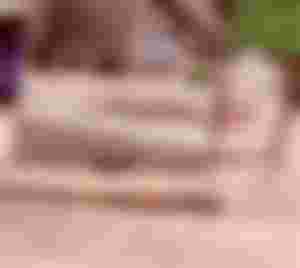
In our locality, you can find men and women with tattoos in their chests, and arms to their hands.These tattoos resembles beauty to women and a sign of being open to marriage. Other tattoos have meanings too.It shows the rank or status of a person, shows bravery during headhunts and an amulet to somebody with it.
Here is a hawk. It gives fear to our mother hen because her chicks are nice food to this predator. But, don't you know that every time this hawk cries in the air, our elders gave meaning to it? Yes, whenever this hawk cries at the wrong time of the day there will be death. Whenever this hawk cries when on the first day after a cultural rest in our place our elders start to climb up to the mountain as a sign of the first working day, it brings a good or bad omen.
Up to this day, it is still believed that the hawk's cry gives sign to our people.
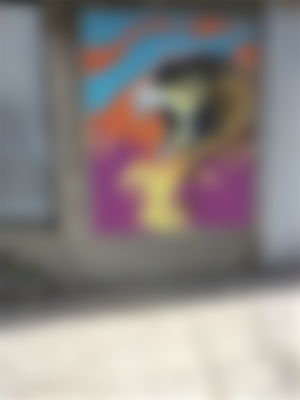
I find this image below similar to a character of an epic of the Ilocanos "The Life of Lam-ang", only his wardrobe differs. In Igorots, most people have a rooster or a hen in every household. They have to because they needed it for sacrifice during managing or cultural practices. As for the dog, aside from being a friend, they serve as our companions while hunting. They also serve as our sacrifice during "Daw-es", another cultural practice applied for every mischief or bad dream that occurs in a family. They do it to ask for help to the " anitos" dead spirits and Lumawig to deter the bad luck to happen. They also do it for Thanksgiving as well.

Of all the paintings, here is the last, my favorite. This is Lumawig, son of Kabunian which our people in the olden times believed to be the creator of our Universe. Upon studying its stories, it's similar to the bible in which we had Jesus the son of our God Almighty. Only the difference is the way the pagans treat the god Lumawig. They connect him to "anitos" or the dead spirits and thought of being saved by doing rituals using sacrifices to appease them. There are lots of stories I read about Lumawig's adventures. Though they are just made-up stories by our ancestors, it has a deep connection to the way we live today.
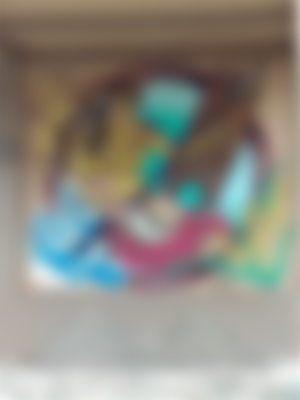
I hope you enjoyed my photos guys...
I edited this article and added more information than the last time I posted this.
Thank you all for reading.
Edited 04/01/223
~Xzeon~
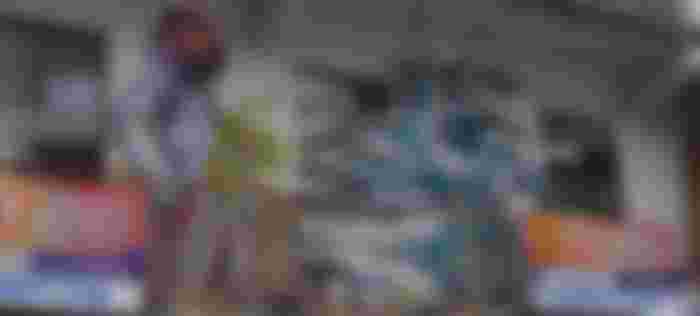


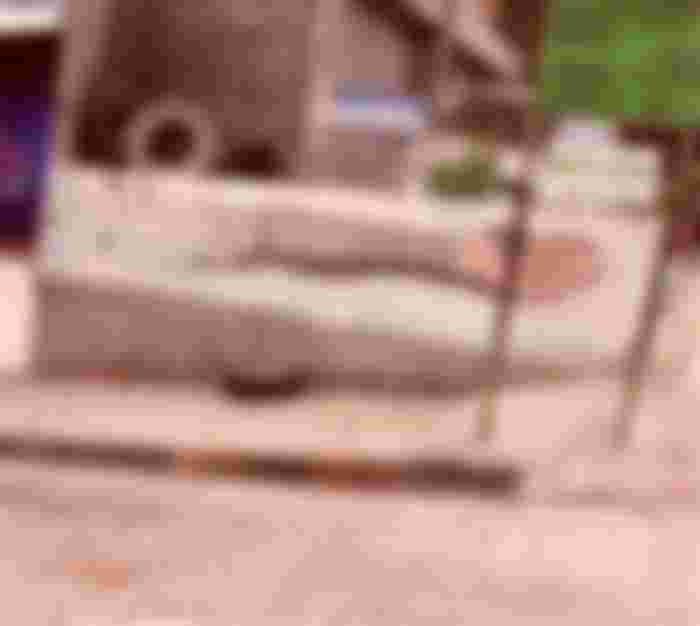
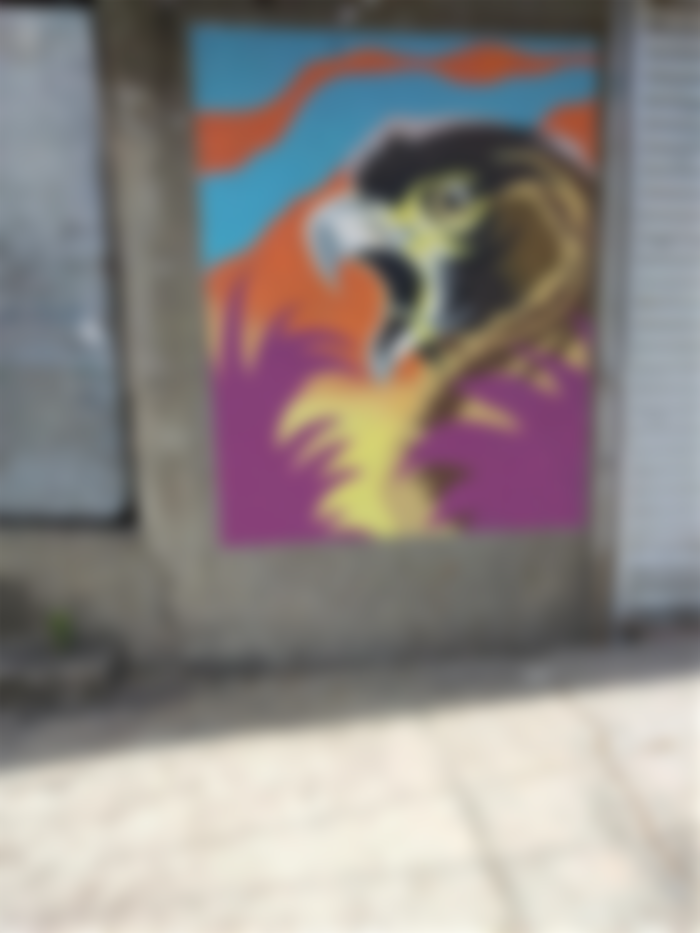
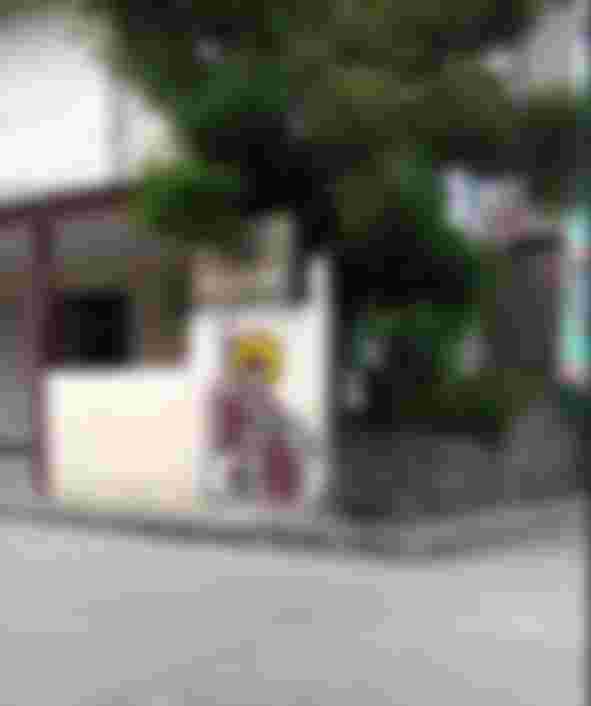

Subscription is Done. Back me please